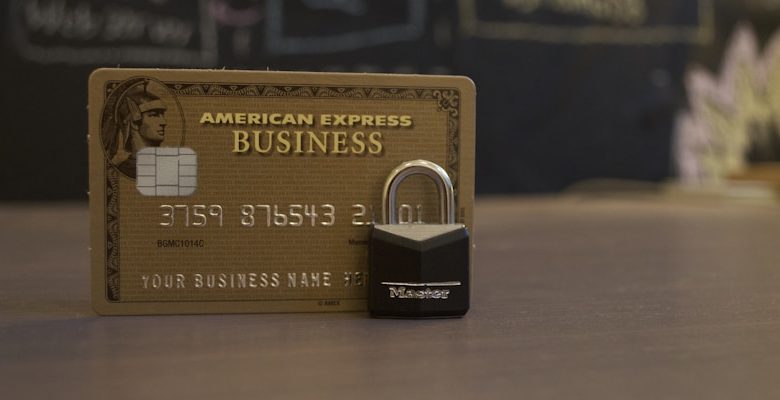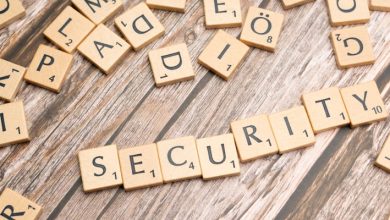How to Use Hardware Wallets for Maximum Protection

- Understanding the importance of hardware wallets in securing your cryptocurrency
- Choosing the right hardware wallet for your needs
- Setting up your hardware wallet for the first time
- Best practices for storing and backing up your hardware wallet
- Using additional security features to enhance protection
- Recovering your funds in case of loss or damage to your hardware wallet
Understanding the importance of hardware wallets in securing your cryptocurrency
Understanding the significance of hardware wallets in safeguarding your digital assets is crucial in the world of cryptocurrency. Hardware wallets are physical devices that store the private keys necessary to access and manage your cryptocurrency funds securely. By keeping your private keys offline, hardware wallets offer an extra layer of protection against online threats such as hacking and phishing scams.
One of the main advantages of using a hardware wallet is that it provides a secure environment for storing your private keys, making it almost impossible for hackers to access your funds remotely. This added security measure is essential, especially considering the increasing number of cyber attacks targeting cryptocurrency users.
Furthermore, hardware wallets are designed to be user-friendly, making them accessible to both beginners and experienced cryptocurrency investors. With features such as easy setup processes and intuitive interfaces, hardware wallets offer a convenient way to secure your digital assets without compromising on usability.
Overall, investing in a hardware wallet is a wise decision for anyone looking to maximize the security of their cryptocurrency holdings. By understanding the importance of hardware wallets and taking the necessary steps to protect your private keys, you can safeguard your funds against potential threats and ensure peace of mind when managing your digital assets.
Choosing the right hardware wallet for your needs
When selecting the appropriate hardware wallet for your specific requirements, it is important to consider various factors to ensure that you are getting the most out of your investment.
One crucial aspect to consider is the level of security offered by the hardware wallet. Look for features such as secure chip technology, PIN protection, and passphrase support to safeguard your cryptocurrencies effectively.
Additionally, consider the compatibility of the hardware wallet with different cryptocurrencies. Ensure that the wallet supports the cryptocurrencies you plan to store to avoid any compatibility issues in the future.
Another essential factor to keep in mind is the user interface of the hardware wallet. Opt for a device that is easy to use and navigate, as this will make managing your digital assets a more straightforward process.
Moreover, consider the reputation of the hardware wallet manufacturer. Choose a well-established and reputable company to ensure that you are purchasing a high-quality and reliable product.
By taking these factors into account, you can select the right hardware wallet that meets your needs and provides maximum protection for your cryptocurrencies.
Setting up your hardware wallet for the first time
To set up your hardware wallet for the first time, follow these simple steps:
1. **Unbox your hardware wallet**: Start by unpacking your hardware wallet and all the accessories that come with it. Make sure everything is included and in good condition before proceeding.
2. **Connect your hardware wallet**: Use the USB cable provided to connect your hardware wallet to a computer or mobile device. Follow the instructions on the screen to begin the setup process.
3. **Create a new wallet**: You will be prompted to create a new wallet on your hardware device. Choose a strong PIN code to secure your wallet and confirm it. Make sure to write down your recovery seed phrase and store it in a safe place.
4. **Install the necessary software**: Depending on the brand of your hardware wallet, you may need to install specific software on your computer or mobile device. Follow the on-screen instructions to complete the installation process.
5. **Set up additional security features**: Some hardware wallets offer additional security features such as passphrase protection. If available, consider enabling these features to add an extra layer of security to your wallet.
6. **Verify your setup**: Once you have completed the initial setup process, take the time to verify that everything is working correctly. Send a small amount of cryptocurrency to your hardware wallet and then try to send it back to ensure that all functions are working as expected.
By following these steps, you can set up your hardware wallet for the first time and start using it to securely store your cryptocurrency assets. Remember to keep your PIN code and recovery seed phrase safe and private to prevent unauthorized access to your funds.
Best practices for storing and backing up your hardware wallet
When it comes to storing and backing up your hardware wallet, it is crucial to follow best practices to ensure the safety of your cryptocurrency assets. Here are some key guidelines to help you protect your investment:
- Store your hardware wallet in a secure location away from prying eyes and potential thieves. Consider using a safe or lockbox to keep it safe.
- Make sure to backup your wallet’s recovery seed phrase in multiple secure locations. This will allow you to recover your funds if your hardware wallet is lost or damaged.
- Use a strong and unique PIN code to prevent unauthorized access to your hardware wallet. Avoid using easily guessable numbers or sequences.
- Regularly update your hardware wallet’s firmware to ensure it has the latest security features and bug fixes. This will help protect your assets from potential vulnerabilities.
- Avoid using public Wi-Fi networks or unsecured computers when accessing your hardware wallet. Use a secure and private network to minimize the risk of hacking or malware attacks.
By following these best practices for storing and backing up your hardware wallet, you can maximize the protection of your cryptocurrency assets and have peace of mind knowing that your investments are secure.
Using additional security features to enhance protection
One way to enhance the security of your hardware wallet is to utilize additional security features that are available. These features can provide an extra layer of protection for your cryptocurrency assets and help safeguard them from potential threats.
One common security feature that can be used is multi-signature functionality. This feature requires multiple private keys to authorize transactions, making it much more difficult for hackers to gain access to your funds. By setting up multi-signature on your hardware wallet, you can significantly reduce the risk of unauthorized transactions.
Another useful security feature to consider is passphrase protection. This involves adding an extra layer of security by requiring a passphrase in addition to the standard PIN code. By using a unique and complex passphrase, you can further secure your wallet and prevent unauthorized access.
Additionally, some hardware wallets offer the option to enable seed phrase verification. This feature allows you to verify your seed phrase on the device itself, ensuring that it has not been tampered with or compromised. By verifying your seed phrase regularly, you can detect any potential security breaches and take action to protect your assets.
Recovering your funds in case of loss or damage to your hardware wallet
If you have experienced the unfortunate event of loss or damage to your hardware wallet, there are steps you can take to recover your funds. One of the key aspects of using a hardware wallet is the ability to restore your funds in case of such an incident. Here is how you can go about recovering your funds:
Firstly, it is important to have a backup of your recovery seed phrase. This is a series of words that can be used to restore your wallet on a new device. Make sure to store this seed phrase in a safe and secure location, separate from your hardware wallet.
Once you have a backup of your recovery seed phrase, you can use it to restore your funds on a new hardware wallet. Most hardware wallet providers have detailed instructions on how to do this, so make sure to follow them carefully to ensure a successful recovery.
If you are unable to recover your funds using the recovery seed phrase, you may need to reach out to the customer support team of your hardware wallet provider. They may be able to provide further assistance or guidance on how to recover your funds in such a situation.
Overall, it is crucial to take the necessary precautions to protect your hardware wallet and backup your recovery seed phrase. By following these steps, you can maximize the security of your funds and ensure that you are prepared in case of any unforeseen circumstances.



